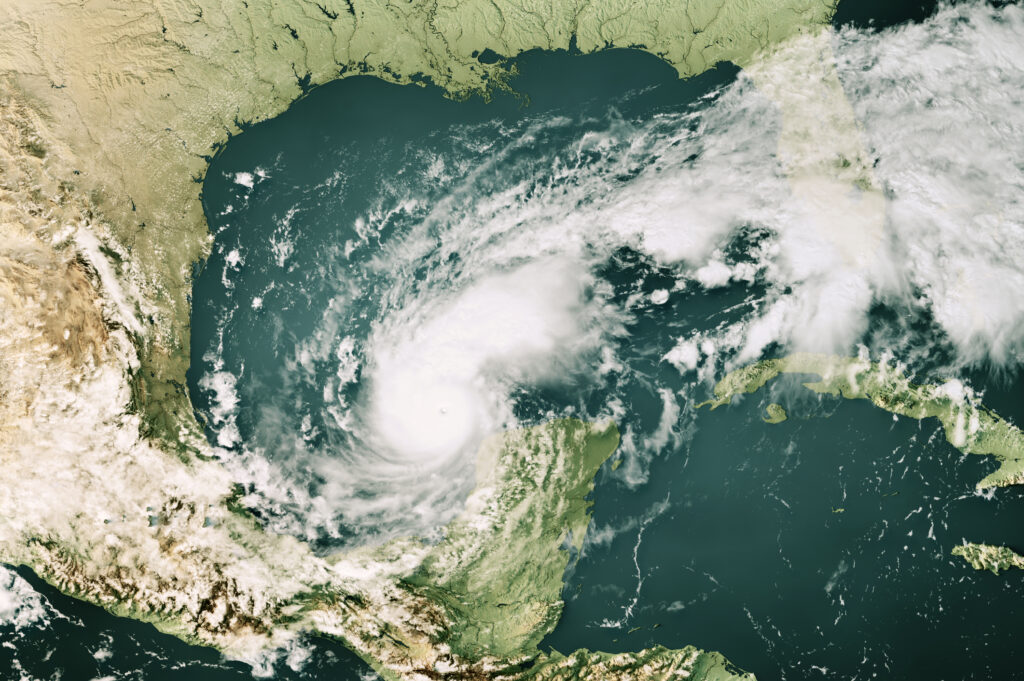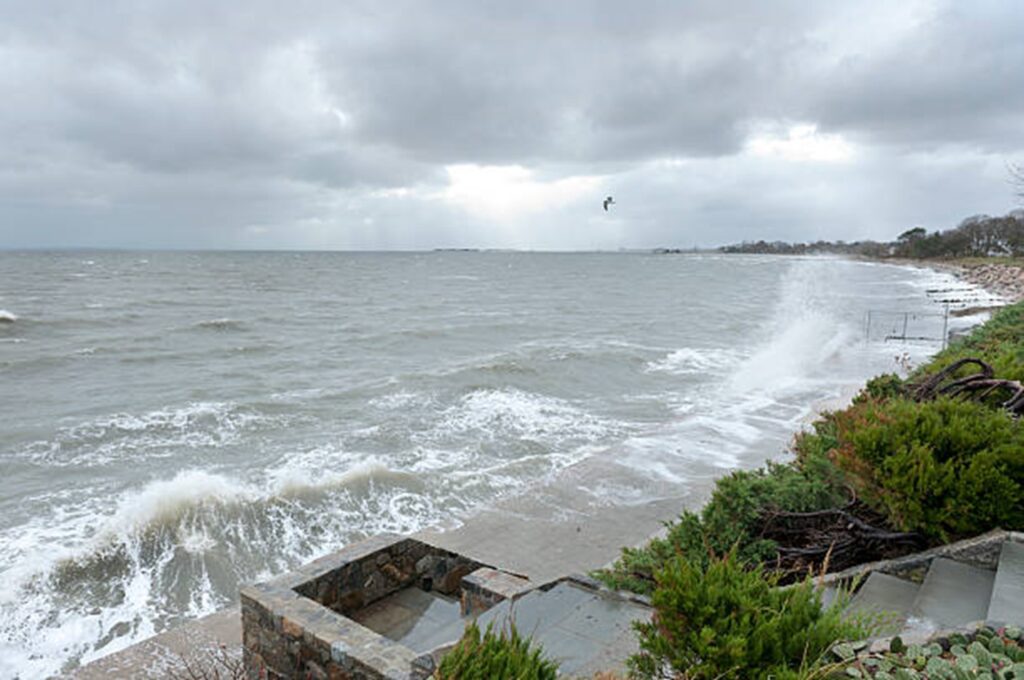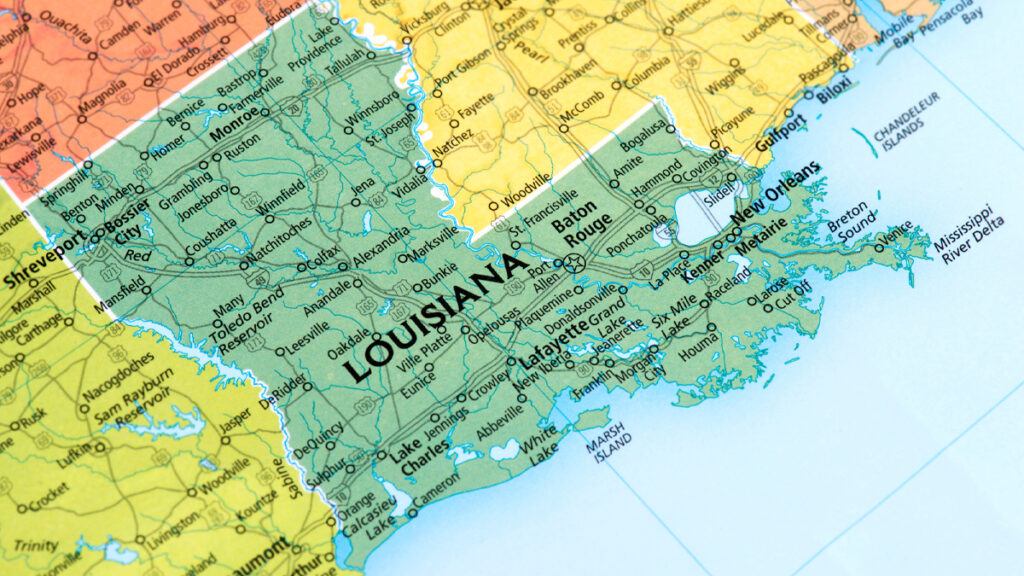
Despite warnings from two leading insurance rating agencies that Hurricane Milton weakened or threatened Florida’s recovering home insurance market, the market “can manage losses” from the Category 4 storm “and are ready to cover yet another hurricane,” if one should come this season, according to industry experts who spoke with the South Florida Sun Sentinel.
AM Best and Fitch Ratings each issued reports last week warning that Milton could stretch liquidity of Florida-based residential insurers that are primarily focused on protecting in-state homeowners. But experts closer to Florida’s insurance industry cast doubt on those assertions. One reason is the two companies don’t rate most of the domestic Florida insurers whose financial strength they question, the Sun Sentinel reported.
While cautioning that loss estimates haven’t been released yet from catastrophe modelers, Florida market experts said the state’s insurers have sufficient reinsurance capital to weather not only hurricanes Debby, Helene, and Milton but another Milton-sized storm if one emerges during the latter portion of the 2024 Atlantic season.
Karen Clark, president of catastrophe modeler Karen Clark & Co., told the Sun Sentinel, “Florida insurers and the reinsurers that protect them use sophisticated tools to understand the probabilities of hurricane losses of different sizes.”
Joe Petrelli, president of Demotech – the only rating firm that reviews the financial health of most Florida-based property insurers – said insurers can purchase additional reinsurance capacity if they use up what they purchased to get them through the year.
“Carriers will have catastrophe reinsurance in place for another event, so it should not be an issue,” Petrelli told the Sun Sentinel.
“While we expect Milton to be a larger wind loss event compared to hurricanes Debby and Helene, we do not anticipate it to be near the level of insured losses caused by Hurricane Ian,” Mark Friedlander, Triple-I’s director of corporate communications said.
Ian was a Category 4 major hurricane that made landfall in Southwest Florida in September 2022 and caused an estimated $50 billion to $60 billion in private insured losses. The estimate accounted for up to $10 billion in litigated claims due to one-way attorney fees that were in effect at the time of the storm.
“The market is in its best financial condition in many years due to state legislative reforms in 2022 and 2023 that addressed the man-made factors which caused the Florida risk crisis – legal system abuse and claim fraud,” Friedlander said. “Florida residential insurers also have adequate levels of reinsurance to cover catastrophic loss events like Milton.”
Learn More:
Triple-I “State of the Risk Issues Brief”: Attacking Florida’s Property/Casualty Risk Crisis
Florida Homeowners Premium Growth Slows as Reforms Take Hold, Inflation Cools
Legal Reforms Boost Florida Insurance Market; Premium Relief Will Require More Time
It’s not too late to register for Triple-I’s Joint Industry Forum: Solutions for a New Age of Risk. Join us in Miami, Nov. 19 and 20.









